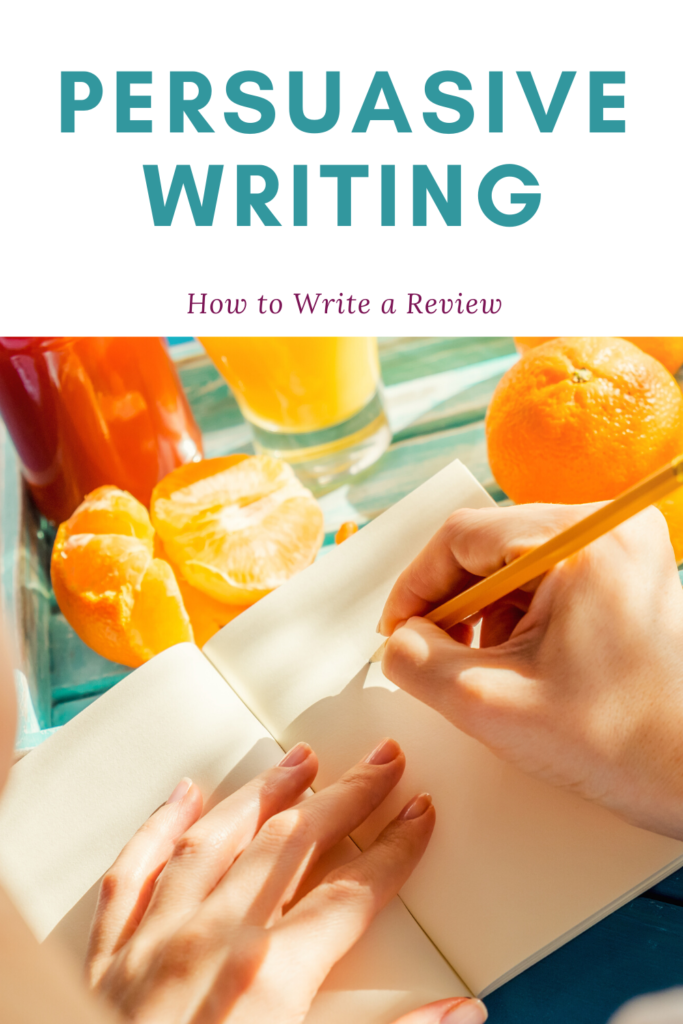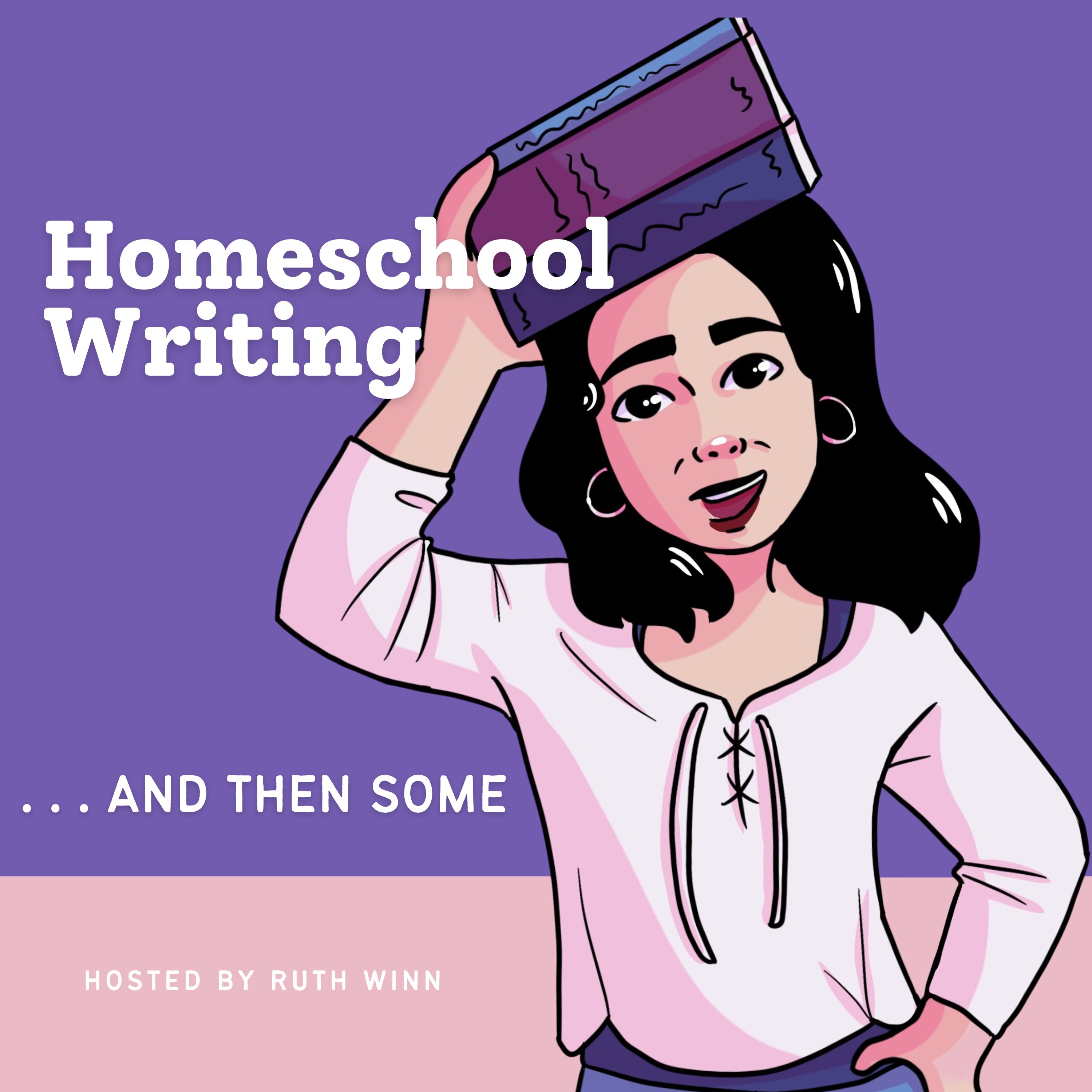Writing a Review

We are taking a break this week from writing about COVID-19 and turning our attention to persuasive writing. This is the essay assignment my writing class is working on. To see more assignments like this as well as a guide on how to evaluate/grade this assignment, see the Basic PLUS Writing Plan.
Assignment: Write a review of a book, movie, restaurant, play, video game, concert, music album, etc., in which you make a recommendation in favor of or against it.
Audience: Formal—imagine you are writing a newspaper article for an audience that is unfamiliar with the work you are discussing
Length: 300 to 500 words
Instruction: Students should give a brief summary of the work and provide evidence that supports their recommendations. A statement such as “this work didn’t speak to me so you probably won’t like it either” is not evidence and is unlikely to convince anyone. Instead, say something like “the dialogue between the characters was stiff and unnatural—this made the characters awkward and difficult to relate to.”
Prewriting
Start by making lists of works you liked and didn’t like.
Works I especially liked:
- Books:
- Movies:
- Restaurants:
- Plays:
- Video games:
- Concerts:
- Music Albums:
- Other:
Works I especially disliked:
- Books:
- Movies:
- Restaurants:
- Plays:
- Video games:
- Concerts:
- Music Albums:
- Other:
Choose the work you want to write about
With that work in mind, use the prompts to help you develop the content of your essay
- BRIEFLY describe the work. Remember, the purpose of the essay is to make a recommendation, not to write a description. However, because your audience is unfamiliar with the work, they need to know a little bit about it. Write a couple of sentences (or bullet points to turn into sentences later) that give a general overview of the work.
- Which category does your work belong to? In other words, is it a book, movie, restaurant, etc.?
- What are the components of that category? For example, think about what makes a movie good or bad. You might consider the acting or the special effects or the story line. You could probably come up with a dozen or more elements, or components, of movies. Make a list of all the components you can think of for your category. Which components of the work do you like? Which components do you dislike? (One of these lists will probably be much longer than the other!) List the reasons you recommend/don’t recommend this work. Provide evidence for each reason. You should have at least three reasons.
Reason 1:
Evidence:
Reason 2:
Evidence:
Reason 3:
Evidence:
Reason 4:
Evidence:
Reason 5:
Evidence:
Drafting
If possible, write the essay in one sitting. Focus on ideas and organization rather than on mechanics and style.
Introduction: The first paragraph needs to hook the reader, introduce the subject, and take a position on the subject (recommend it or not recommend it).
One way to grab the reader’s attention is to make a surprise statement that goes against general opinion or approaches the subject from an unusual angle.
You may also want to include a brief summary of the work you are reviewing.
By the end of the first paragraph, it should be clear whether this will be a positive or negative review.
Body: The body of your essay should contain the evidence that supports your position. Discuss each reason in a paragraph. Use the information that you listed at the end of the prewriting activity to develop each paragraph.
Conclusion: The concluding paragraph wraps up your paper, usually by circling around to the beginning and restating the purpose in different words.
Revising
If time permits, allow at least a day to pass before students revisit their drafts.
Students should read through their drafts and make improvements. They should also have at least one other person read their essay and make suggestions for improvement.
The draft should be considered a working copy, and as such, students should mark it up with margin notes, arrows, crossed out words, and so on.
Editing
After students are satisfied with the revisions, they should create clean copies suitable for publishing. The final step in this part of the process is for students to read their papers out loud because this will help them catch mistakes that they will miss if they only read silently.
Publishing
Students should share their essays with others.
For more ideas and writing assignments, see the Basic PLUS Writing Plan.
